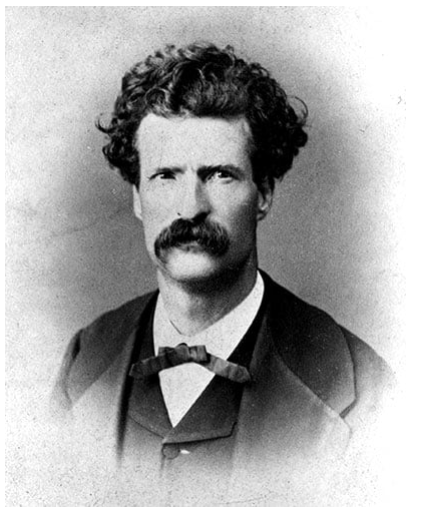
“It’s not true that the government spends money like a drunken sailor. A drunken sailor spends his own money,” said JP Morgan CEO Jamie Diamond.
Global Market Comments
June 2, 2025
Fiat Lux
Featured Trade:
(MARKET OUTLOOK FOR THE WEEK AHEAD, or HEADING INTO STALL SPEED),
(GLD), (SPY), (MSTR), (AAPL), (QQQ), (TSLA), (SLV), (SIL), (WPM)
“I think we never become really and genuinely our honest selves until we are dead. And not then until we have been dead years and years. People ought to start dead and then they would be honest so much earlier,” said the great American writer Mark Twain.
Global Market Comments
May 30, 2025
Fiat Lux
Featured Trade:
(The Mad Hedge June Traders & Investors Summit is ON!)
(MAY 30 BIWEEKLY STRATEGY WEBINAR Q&A),
(MSTR), (DAX), (SPY), (UPS), (UNP), (FDX), (SLV), (GLD)
“I never told the truth in my life when someone didn’t say I was lying, and I never told a lie that someone didn’t take it as a fact.” said the great American writer Mark Twain.
Global Market Comments
May 29, 2025
Fiat Lux
Featured Trade:
(The Mad Hedge June traders & Investors Summit is ON!)
SPECIAL EARLY RETIREMENT ISSUE
(HOW TO JOIN THE EARLY RETIREMENT STAMPEDE)
Global Market Comments
May 28, 2025
Fiat Lux
SPECIAL MEMORIAL DAY ISSUE
Featured Trade:
(A TRIBUTE TO A TRUE VETERAN)
Global Market Comments
May 27, 2025
Fiat Lux
Featured Trade:
(MARKET OUTLOOK FOR THE WEEK AHEAD or THE BOND VIGILANTES ARE BACK!
(MSTR), (GLD), (AAPL), (QQQ), (MSTR), (FXE),
(FXA), (FXB), (FXY), (TLT), (WMT)
Global Market Comments
May 23, 2025
Fiat Lux
Featured Trade:
(HOW TO READ THE MAD HEDGE DAILY POSITION SHEET)
Global Market Comments
May 22, 2025
Fiat Lux
Featured Trade:
(PLEASE SIGN UP FOR MY FREE TEXT ALERT SERVICE NOW!)






